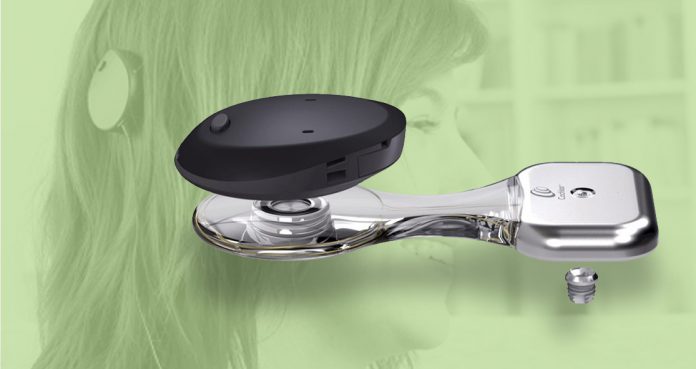Medical device company Cochlear received FDA clearance for the Osia 2 System earlier this month, which is the first active osseointegrated steady-state implant (OSI).
The Osia System is a new type of bone-conducting hearing solution, which transmits sound vibration directly to the inner ear through digital piezoelectric stimulation.
It contains the Piezo Power transducer that avoids the use of natural hearing systems, which may have been damaged or functioning improperly in patients with hearing loss.
The ability of the transducer to amplify high frequencies of sound is important for understanding speech.
According to clinical trials of the Osia System, patients with hearing loss experienced a significant improvement in their ability to hear noise and quiet, as well as in their overall quality of life.
With the FDA clearance, the limited version of a new implantable device is expected to be available in the United States for patients 12 years and above. Cochlear plans to make the device available in the United States in early 2020.
President of Cochlear Acoustics Rom Mendel said, “The Osia System was developed through our efforts to listen to the recipients and clinicians who utilize our hearing implants every day. So far, we have been overwhelmed by the positive reception of the Osia System by both clinicians and patients, and it’s been incredible to see the improvement in recipients’ lives as they are able to hear better in the areas where we know they struggle.”
Director of Design and Development and Director of Clinical Affairs at Cochlear Acoustics, Mats Dotevall, told Medgadget, “The Osia System is available to treat hearing loss associated with an array of conditions including chronic otitis media (COM), otosclerosis, and atresia/microtia.”
“In the U.S., it can be used by adults and children 12 years and older with conductive hearing loss, mixed hearing loss and single-sided sensorineural deafness (SSD),” he added.
Medgadget asked him Dotevall about how the Osia System interacts with the patient’s mobile device or other technology platforms. Dotevall said, “The Osia System includes Made for iPhone technology, which means recipients can make phone calls, listen to music in high-quality stereo sound, watch videos and have FaceTime calls streamed directly to their hearing implant. It is also compatible with Cochlear’s True Wireless accessories. The new Osia Smart App also lets the user adjust the sound processor easily from a compatible smartphone or Apple Watch.”























